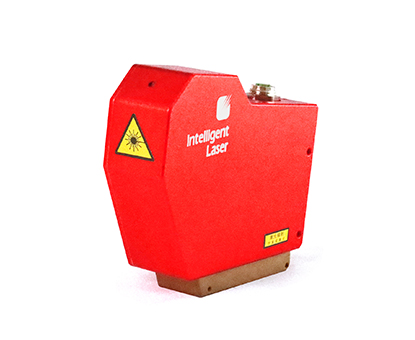In the contemporary landscape of construction and engineering, the focus on sustainability and environmental impact has become paramount. One integral element contributing to this paradigm shift is the seam beam—a structural component that plays a crucial role in various applications. This passage delves into the sustainable aspects and environmental considerations associated with seam beams, shedding light on their significance in reducing the ecological footprint of modern structures.
Seam Beam Innovations: A Catalyst for Sustainability
Seam beams, in recent times, have undergone significant innovations, aligning themselves with the principles of sustainability. Traditional construction materials often bear the weight of environmental concerns, prompting the need for more eco-friendly alternatives. Seam beams, with their adaptability and enhanced structural performance, are emerging as a beacon of sustainability in the construction realm. The incorporation of advanced materials, such as recycled steel and environmentally friendly alloys, has paved the way for seam beams to contribute positively to the green building movement.
Life Cycle Analysis: A Holistic View of Environmental Impact
To truly assess the sustainability of seam beams, a comprehensive life cycle analysis is imperative. This involves scrutinizing the environmental impact at every stage, from raw material extraction and manufacturing to transportation, installation, and eventual end-of-life disposal or recycling. Seam beams, when engineered with sustainability in mind, can exhibit favorable life cycle assessments. The use of recycled materials, coupled with energy-efficient manufacturing processes, contributes to minimizing the overall environmental footprint of these structural components.
Sustainable Design and Construction Practices
Seam beams not only offer sustainability through material choices but also through innovative design and construction practices. Advanced engineering techniques, such as modular construction and prefabrication, are becoming integral to seam beam applications. These approaches streamline construction processes, reducing on-site waste and energy consumption. Additionally, seam beams are designed to optimize structural efficiency, leading to lighter and more resource-efficient structures, further bolstering their sustainable credentials.
Environmental Impact and Long-Term Benefits
The environmental impact of seam beams extends beyond the reduction of carbon footprint. The durability and longevity of structures incorporating seam beams contribute to a more sustainable built environment. With minimal maintenance requirements and resistance to environmental factors, such as corrosion and degradation, seam beams ensure that the need for replacements or repairs is significantly reduced. This longevity not only conserves resources but also minimizes the environmental impact associated with ongoing construction and demolition activities.
In conclusion, seam beams are at the forefront of sustainable innovations in the construction and engineering sectors. Through the incorporation of eco-friendly materials, adherence to sustainable design principles, and a focus on minimizing the overall environmental footprint, seam beams are proving to be pivotal in the quest for greener structures. As the construction industry continues to evolve, the role of seam beams in promoting sustainability and reducing environmental impact is set to grow, fostering a more harmonious relationship between infrastructure development and ecological preservation.

